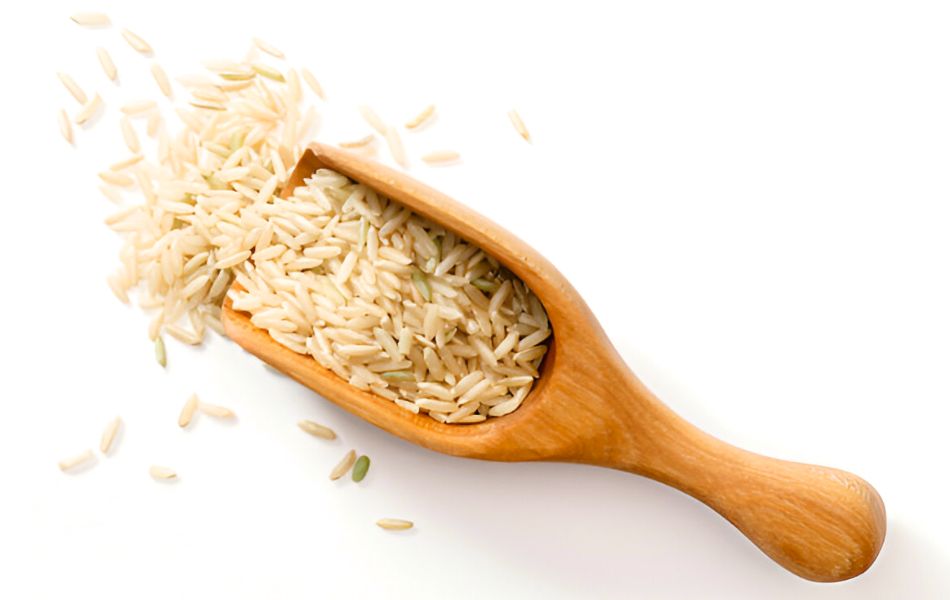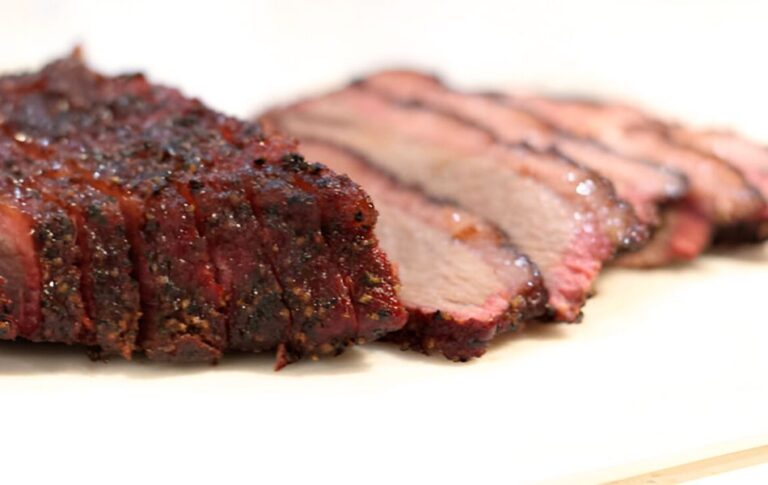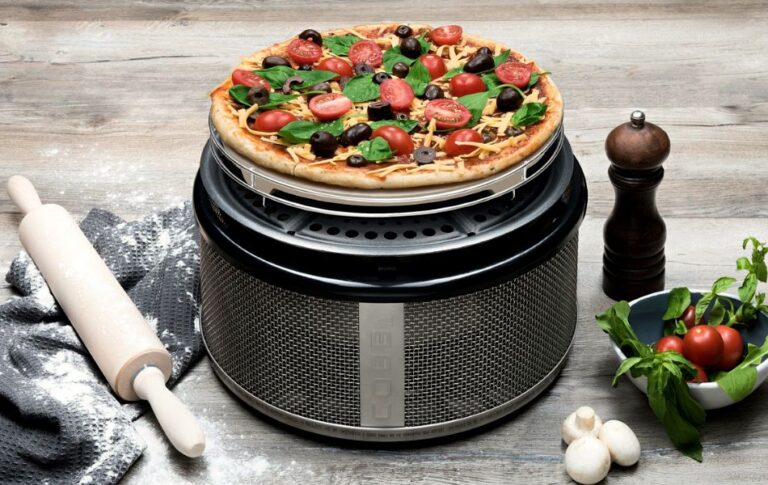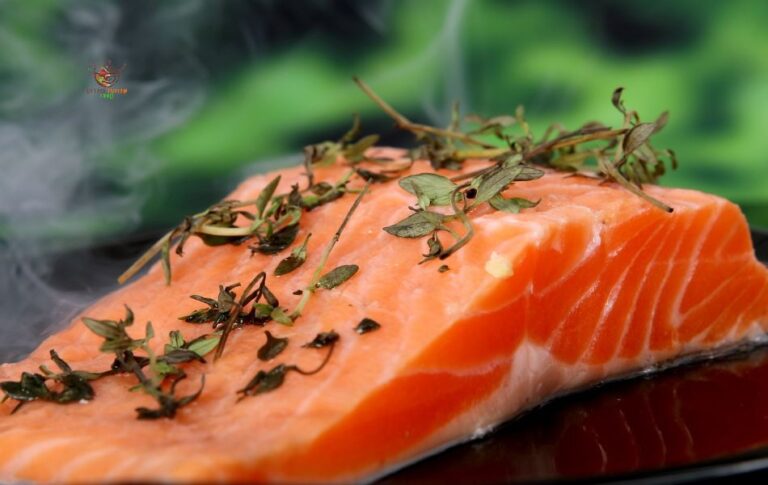Master These Simple Tips for Cooking Brown Rice Perfectly Every Time
Brown rice is a nutritious and versatile staple that many people choose for its health benefits. Unlike white rice, brown rice retains its bran layer, making it richer in fiber and essential nutrients. Cooking brown rice can be a bit challenging, but with a few tips, anyone can learn to do it well – even if you’re just starting out.
This article will share top tips for cooking brown rice, helping you achieve a fluffy and delicious result every time.
Why Choose Brown Rice?
Before we dive into the tips, it’s worth understanding why brown rice is so popular. Unlike white rice, which has been processed to remove the bran, brown rice is less refined and retains more of its natural nutrients. It’s a great source of fiber, vitamins, and minerals, making it a healthy choice for anyone looking to boost their diet. Additionally, its nutty flavor and chewy texture make it an excellent addition to various dishes.

However, because it has a tougher outer layer, brown rice requires a longer cooking time than white rice. By using the right methods, you can easily cook it to perfection.
Tip 1: Rinse the Rice Before Cooking
Start by rinsing brown rice well. This helps wash away extra starch so the rice doesn’t turn out too sticky. Additionally, rinsing helps to get rid of any dust or impurities from the grains.
How to Rinse Brown Rice:
- Place the rice in a fine mesh strainer.
- Hold it under cold running water.
- Swirl the rice gently with your hand until the water runs clear.
Rinsing your rice ensures that the grains cook up separated and fluffy rather than sticky.
Tip 2: Use the Right Water-to-Rice Ratio
The key to perfect brown rice lies in using the right water-to-rice ratio. While cooking times may vary depending on the method, the water-to-rice ratio is generally consistent. Typically, brown rice cooks well with about 2 and a half cups of water per cup of rice. This extra water helps soften the rice’s bran layer during cooking.
| Type of Rice | Rice-to-Water Ratio | Cooking Time |
|---|---|---|
| White Rice | 1:2 | 15-20 minutes |
| Brown Rice | 1:2.5 | 40-50 minutes |
It’s important to note that using too little water can result in undercooked rice, while too much water can make the rice too soggy.
Tip 3: Soak the Rice (Optional, but Helpful)
Letting brown rice soak before cooking can make it softer and help it cook faster by loosening the tough outer layer. You can soak brown rice for anywhere from 30 minutes to several hours.
How to Soak Brown Rice:
- Decide how much rice you need.
- Place the rice in a bowl and pour in water until it’s fully submerged.
- Let it soak for at least 30 minutes, or up to 12 hours if you prefer.
After soaking, drain the rice before cooking it using the standard water-to-rice ratio.
Tip 4: Use the Right Cooking Method
There are different ways to cook brown rice, but two of the most common are on the stovetop and with a rice cooker. Here’s a quick overview of the stovetop method:
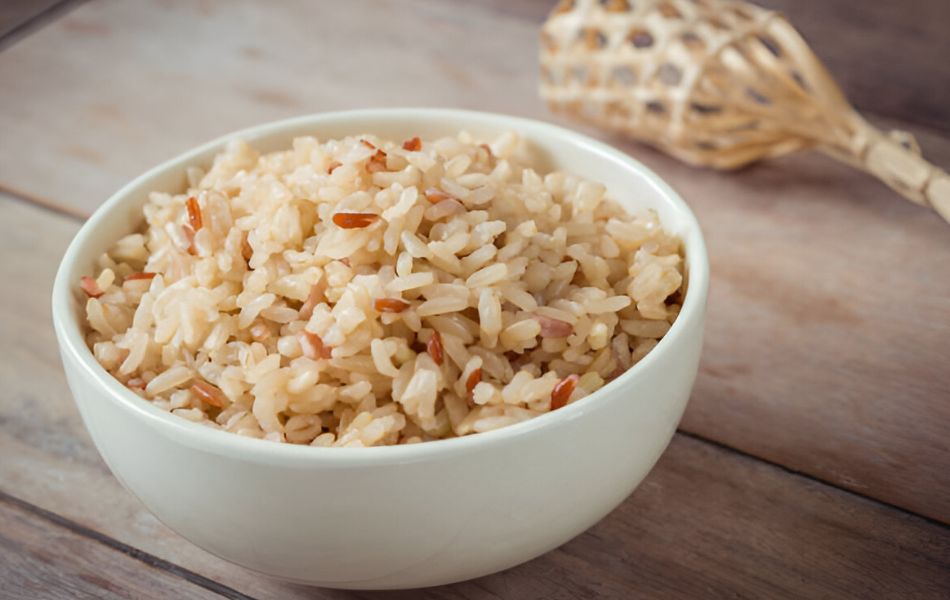
Stovetop Method:
- Heat 2.5 cups of water to boiling for each cup of brown rice.
- Add the rinsed rice, stir briefly, then lower the heat to a simmer.
- Cover the pot and cook slowly for 40 to 45 minutes until tender.
- Remove from heat once the water is fully absorbed and the rice is tender.
- Keep it covered and let it rest for 10 minutes, then fluff with a fork.
Rice Cooker Method:
- If you’re using a rice cooker, check the manual for specific directions. Most of the time, you’ll need about 2½ cups of water for each cup of brown rice and can use the “brown rice” setting if available.
- When the rice cooker finishes, leave the rice to rest for 5–10 minutes so it can finish steaming.
Both methods work well, but a rice cooker is particularly convenient if you cook rice often. It takes the guesswork out of the process.
Tip 5: Use a Heavy-Bottomed Pan
To ensure even cooking, use a heavy-bottomed pot with a tight-fitting lid. A high-quality pot prevents hot spots that can cause uneven cooking or scorching on the bottom.
Tip 6: Bring Water to a Boil, Then Simmer
Start by bringing your water to a rolling boil before adding the rice. After the water starts to boil, lower the heat, cover the pot, and let the rice cook slowly at a gentle simmer. Cooking on low heat ensures that the grains absorb water evenly without becoming mushy.
Tip 7: Resist the Urge to Stir or Peek
Keeping the lid on is crucial to trap steam and properly cook your brown rice. Resist the temptation to lift the lid or stir mid-cook, as this can cause the rice to cook unevenly and lose steam.
Tip 8: Simmer for 40–50 Minutes
Brown rice requires patience. Allow it to simmer for 40–50 minutes until all the water is absorbed. For those using a rice cooker, the process is even easier since it adjusts the cooking time automatically.
Tip 9: Don’t Skip the Resting Step
Once your rice is cooked, don’t skip the resting step. Letting the rice sit covered for 5-10 minutes after cooking allows the moisture to redistribute throughout the grains. This step ensures the rice remains tender and fluffy rather than becoming mushy or clumpy.
After the rice has finished resting, use a fork to lightly separate the grains. This improves the texture and helps keep the rice from clumping together.
Tip 10: Season the Rice for Added Flavor
Brown rice can sometimes be a bit plain on its own, but it’s easy to elevate the flavor. You can add a pinch of salt to the water before cooking or incorporate herbs and spices like garlic, cumin, or turmeric for a more aromatic dish. Some people even cook their rice in broth instead of water for a richer flavor.
Seasoning Ideas:
- Add a bay leaf to the cooking water for a subtle herbal flavor.
- Prepare the rice using vegetable or chicken stock instead of water to add richer flavor.
- Stir in some butter or olive oil after cooking for a richer texture.
Tip 11: Store Leftover Brown Rice Properly
Cooking a large batch of brown rice can be a time-saving strategy for meal prep. If you have leftovers, it’s important to store the rice properly to keep it fresh. Let the rice cool to room temperature before transferring it into a sealed container.
How to Store Leftover Rice:
- Store cooked rice in the fridge for up to 4–5 days.
- For longer storage, freeze the rice. Brown rice freezes well and can be kept in the freezer for up to 6 months.
When reheating leftover rice, add a splash of water and heat it in the microwave or on the stovetop to keep it moist and fluffy.
Try Brown Rice in Different Dishes
Once you’ve mastered cooking brown rice, it can be used in a variety of dishes. It pairs well with stir-fries, salads, and even as a base for grain bowls. Brown rice can also be used in soups, casseroles, or as a filling for stuffed peppers.
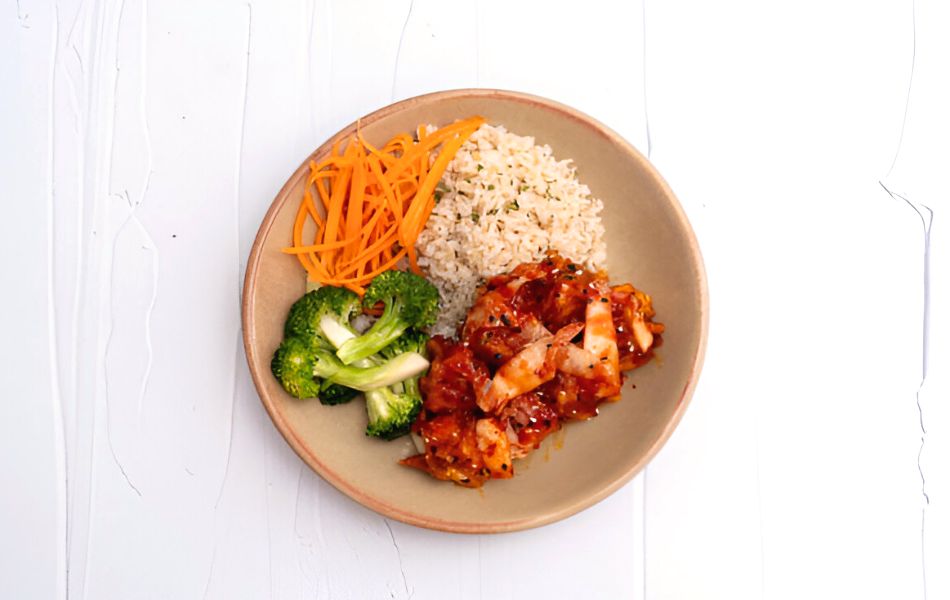
Recipe Ideas:
- Brown Rice Stir-Fry: Combine cooked brown rice with stir-fried vegetables, a splash of soy sauce, and your preferred protein.
- Brown Rice Salad: Combine cooled brown rice with vegetables, nuts, and a tangy vinaigrette for a light lunch or side dish.
- Stuffed Peppers: Use brown rice as a filling for stuffed bell peppers, adding meat, beans, and spices for a hearty meal.
Bonus Tips for Specific Dishes
Different dishes call for slightly different rice textures. Here’s how to tweak your cooking for specific meals:
- Stir-Fries: Cook the rice slightly al dente so it holds up well when tossed in a hot pan.
- Rice Bowls: Aim for fluffy, separated grains to create the perfect base for your toppings.
- Casseroles: Slightly undercook the rice if it will continue cooking in the oven.
See Also – Essential Dutch Oven Cooking Tips for Perfect Meals Every Time
Final Thoughts on Mastering Brown Rice
Cooking brown rice doesn’t have to be complicated. By following these tips, you can achieve tender, fluffy rice every single time. Remember to rinse your rice, use the right water ratio, and resist the urge to peek while it cooks. With a bit of patience and practice, brown rice will become a staple in your kitchen repertoire.
Are you ready to improve your cooking skills? Bookmark this guide and start experimenting with brown rice today. Your next stir-fry, grain bowl, or casserole is going to be delicious!

